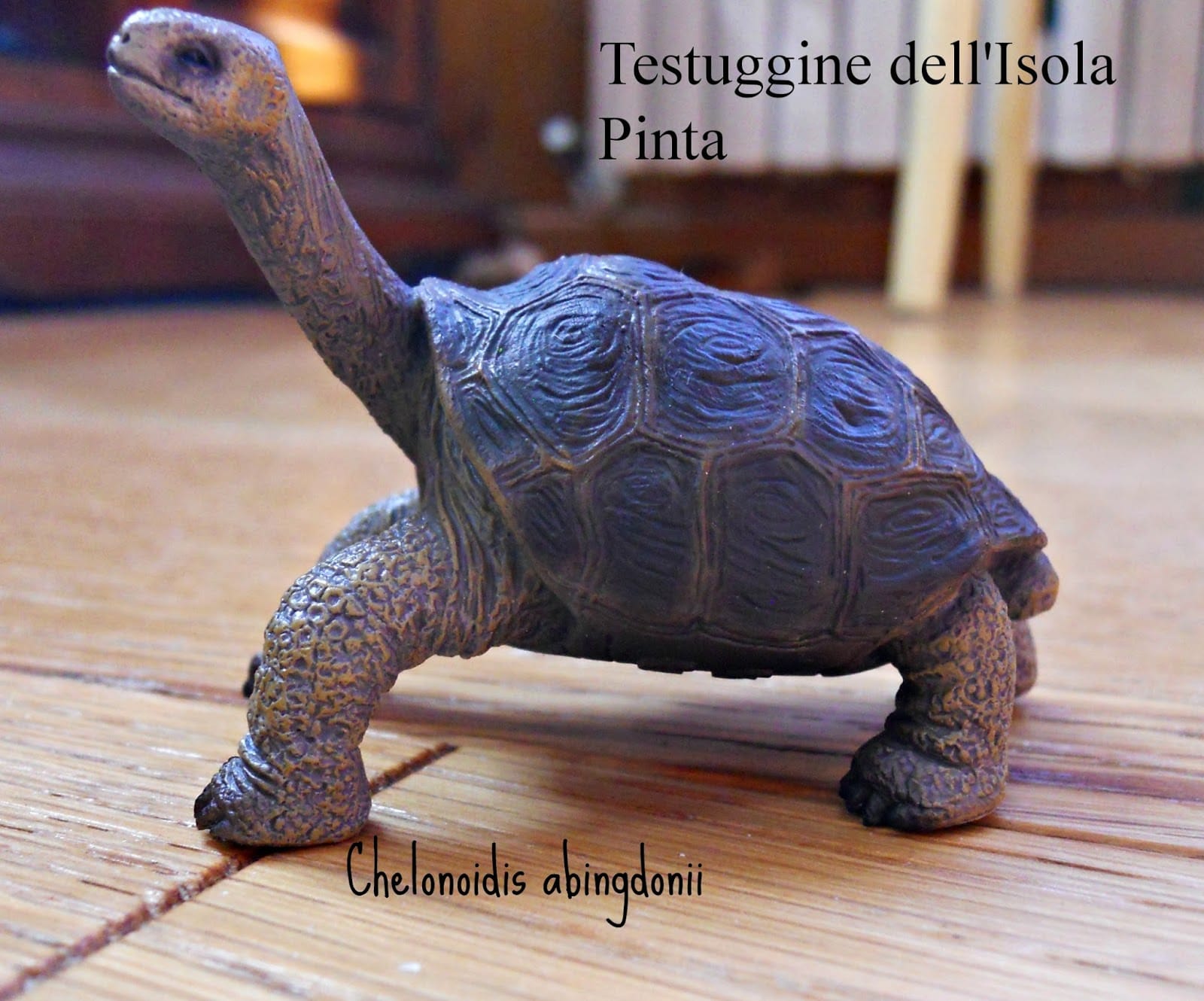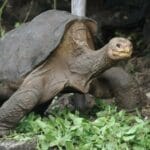The Plight of the Abingdonii: A Story of Loss and Hope
The Pinta Island tortoise (Chelonoidis abingdonii), once a thriving inhabitant of the Galapagos Islands, now exists only in the annals of history. The story of this subspecies, particularly its last known member, Lonesome George, is a poignant reminder of the fragility of island ecosystems and the devastating impact of human activity. Yet, within this tale of extinction lies a glimmer of hope, fueled by ongoing scientific research and dedicated conservation efforts.
Lonesome George, discovered in 1971 on Pinta Island, became a global icon of extinction. His passing in 2012 marked the official end of the C. abingdonii lineage, a loss deeply felt by scientists and conservationists worldwide. [https://www.lolaapp.com/christmas-wrasse] His story, however, continues to inspire research and conservation efforts, offering valuable insights into the unique biology of these giant tortoises and the potential for ecological restoration.
Unraveling the Mystery of the Abingdonii’s Decline
The decline of the C. abingdonii likely resulted from a complex interplay of factors. Overhunting by whalers and sealers in the 18th and 19th centuries significantly reduced tortoise populations across the Galapagos, including Pinta Island. The introduction of feral goats, much like a swarm of caterpillars white fuzzy devouring a plant, further decimated the island’s vegetation, depriving the tortoises of their primary food source. This ecological damage, coupled with the tortoises’ possibly limited genetic diversity, pushed the C. abingdonii to the brink. Some experts believe that natural fluctuations in resources may have also played a role, potentially weakening the population before human contact.
| Factor | Likely Impact | Ongoing Research |
|---|---|---|
| Overhunting by sailors | Significant decline in tortoise numbers | Studying historical records to estimate hunting pressure |
| Introduction of feral goats | Competition for resources, habitat degradation | Analyzing vegetation changes and goat population dynamics |
| Limited genetic diversity | Reduced adaptability to environmental changes | Examining DNA from museum specimens to understand past diversity |
| Natural fluctuations in resources | Potential pre-existing population decline | Investigating long-term climate data and its effect on food |
Lonesome George: A Legacy of Scientific Discovery
Though Lonesome George’s death marked a tragic loss, his legacy continues to shape scientific understanding and conservation efforts. His preserved remains and genome provide invaluable resources for researchers studying tortoise evolution, longevity, and disease resistance. This research may offer insights into human health and contribute to broader conservation strategies for reptiles worldwide.
| Aspect | Description |
|---|---|
| Name | Lonesome George |
| Species | Pinta Island Tortoise (Chelonoidis abingdonii) |
| Discovery | 1971 on Pinta Island, Galapagos Islands |
| Estimated Age at Death | Over 100 years |
| Significance | Last known individual of his subspecies; symbol of conservation; subject of ongoing genetic research. |
| Cause of Extinction | Likely a combination of habitat destruction and introduction of invasive species, leading to food scarcity; possibly exacerbated by pre-existing limited genetic diversity and natural resource fluctuations. |
| Current Research | Genetic analysis to understand tortoise longevity, disease resistance, and adaptations; exploration of reintroduction possibilities using hybrid tortoises with Pinta Island tortoise ancestry. |
A Glimmer of Hope: The Search for Lost Relatives
While the purebred C. abingdonii is extinct, hope remains for the partial restoration of its lineage. Researchers have identified hybrid tortoises on Wolf Volcano (Isabela Island) carrying C. abingdonii genes. These hybrids suggest that some genetic diversity persists, offering the possibility of breeding programs to reintroduce tortoises with Pinta ancestry back to Pinta Island. This approach, while complex and debated, represents a potential step toward restoring the island’s ecological balance.
The Future of Pinta Island: A Story Still Unfolding
The eradication of feral goats on Pinta Island has already led to significant vegetation recovery. This ecological restoration, combined with the potential for reintroducing tortoises with C. abingdonii ancestry, offers a glimmer of hope for the future. While the exact path forward remains uncertain, ongoing research and conservation efforts may reveal new possibilities, rewriting the final chapter of the C. abingdonii story. These efforts underscore the importance of ongoing research and the dynamic nature of scientific understanding, emphasizing that what we know today may evolve with future discoveries. It’s a testament to the resilience of nature and the dedication of those working to preserve its biodiversity.
- Crypto Quotes’ Red Flags: Avoid Costly Mistakes - June 30, 2025
- Unlock Inspirational Crypto Quotes: Future Predictions - June 30, 2025
- Famous Bitcoin Quotes: A Deep Dive into Crypto’s History - June 30, 2025
















